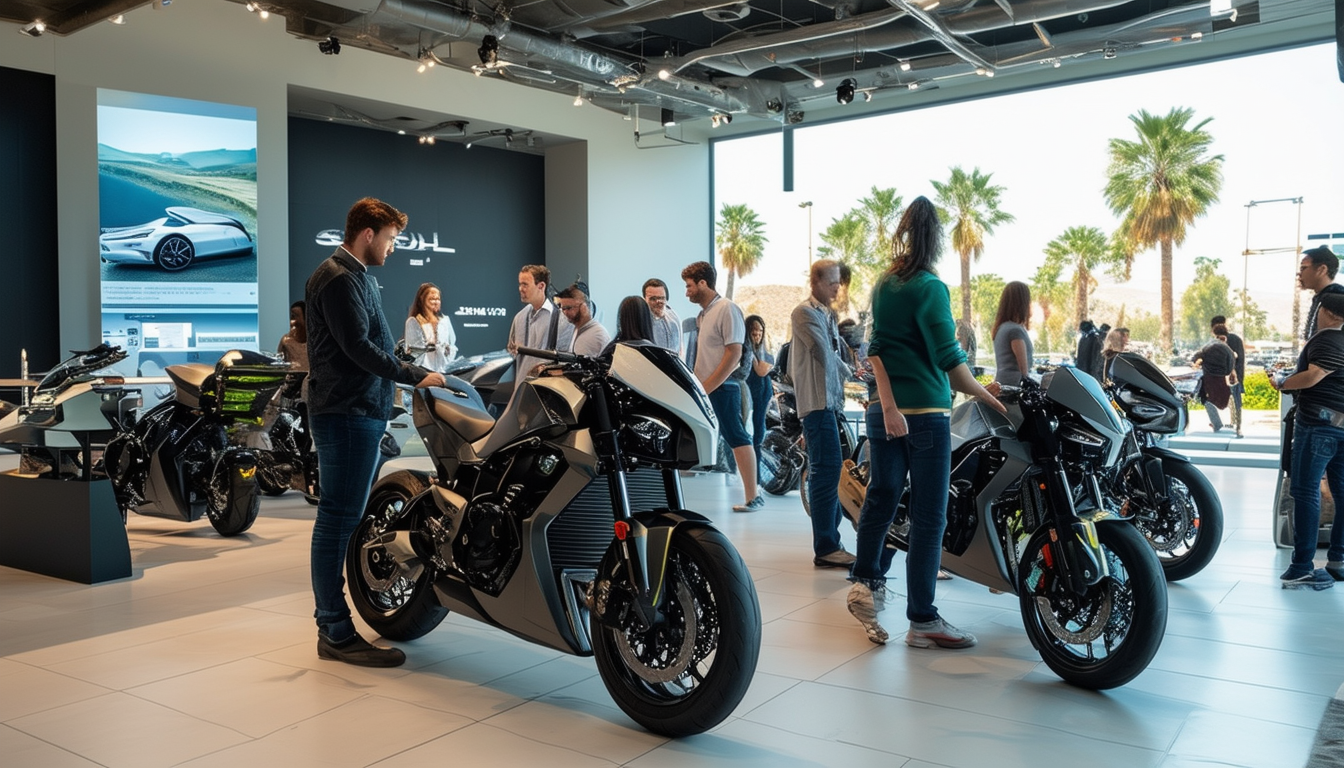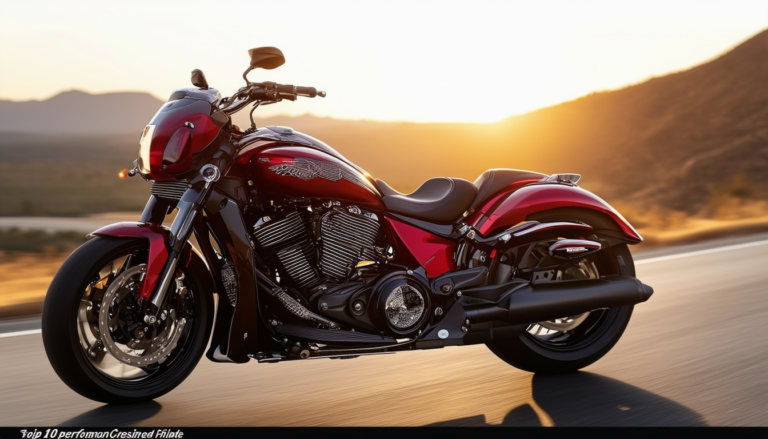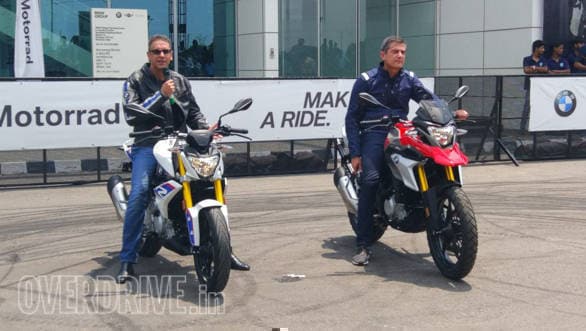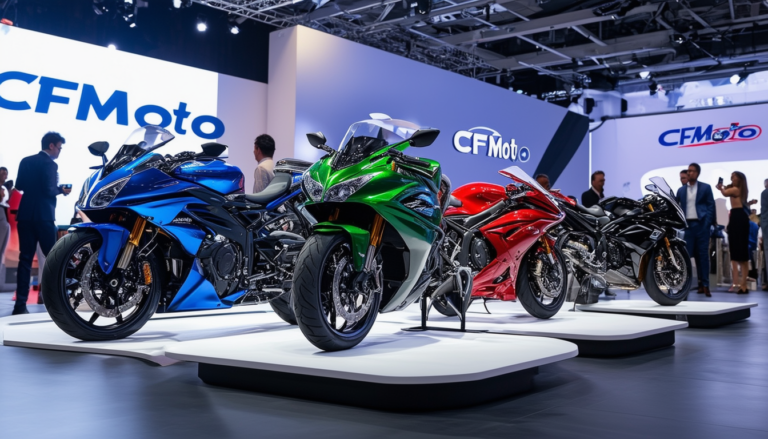California Pioneers Electric Motorcycle Sales with Innovative New Plan

California is leading the charge in the motorcycle industry with a groundbreaking initiative aimed at promoting electric motorcycles. In an effort to enhance air quality and combat climate change, the state is introducing a set of new regulations targeting zero-emission vehicles. This innovative plan aims to significantly increase the sales of electric motorcycles, ensuring that a portion of the market moves towards a cleaner, more sustainable future.
California is taking a bold step towards cleaner air and reducing greenhouse gas emissions with a groundbreaking initiative aimed at increasing the sales of zero-emission motorcycles. The state is introducing a tiered credit system that will mandate that a specific percentage of motorcycle sales must be electric by the upcoming decades. This innovative approach not only hopes to promote environmentally-friendly transportation options but also addresses the pressing issue of air pollution, particularly in regions where smog is prevalent.
Setting Ambitious Goals
Under this new plan, California aims for 10% of all motorcycles sold to be zero-emission by 2028, escalating to 50% by 2035. This initiative is seen as a monumental stride towards aligning bike sales with the state’s climate goals. The state’s Air Resources Board has recognized the importance of tackling emissions from all vehicle types, including motorcycles, which collectively contribute heavily to air pollution despite making up a small fraction of the total miles driven.
The Credit System Explained
The proposed credit system for manufacturers will offer incentives to those producing electric or hydrogen motorcycles. The system ensures that higher-emission models will necessitate more credits, thereby encouraging manufacturers to innovate and meet the new guidelines. For instance, a company could comply with their 50% target by releasing a combination of electric motorcycles and purchasing credits from others, creating a flexible and competitive market.
Impact on the Motorcycle Industry
Currently, electric motorcycles represent merely 1% of total motorcycle sales in California. By implementing these regulations, state officials anticipate that more than 280,000 new electric or hydrogen motorcycles will hit the roads by 2045. Motorcycle manufacturers are urged to rethink production strategies, ensuring intuitive designs for both urban riders and long-distance travelers.
Challenges Ahead
Despite the optimism surrounding this initiative, motorcyclists voice concerns regarding the limited range of electric models and the inadequate charging infrastructure. Many riders are accustomed to the freedom that gas-powered motorcycles offer, particularly the ability to travel long distances without frequent stops for refueling. As California strives to build up its public charging stations, there is doubt about whether electric models can meet the needs of all motorcycle enthusiasts.
Environmental Implications
California has long grappled with air quality issues, and the new rules are expected to significantly reduce emissions from motorcycles. The Air Resources Board estimates that these regulations will eliminate approximately 20,000 tons of harmful gases that contribute to smog by 2045. This substantial reduction not only aims to improve public health but also aligns with broader efforts to combat climate change.
Public Reception and Future Outlook
Though the initiative is met with mixed feelings among riders, many understand the necessity for a shift towards electric vehicles. The California motorcycle community acknowledges that younger generations are increasingly interested in environmentally-friendly options. As public awareness around climate change grows, the potential market for electric motorcycles may expand correspondingly.
A New Era for Motorcycling
As the industry adapts to this upcoming pivot, manufacturers like Harley Davidson, Ducati, and others are exploring the creation of new electric models that resonate with both traditional and modern motorcycle riders. With the spotlight on zero-emission designs, California’s innovative program may well set the standard for other states to follow in the pursuit of cleaner transportation alternatives. As local riders embrace change, California could lead the charge into a new era of motorcycle travel.
California is taking bold steps towards reducing pollution and promoting sustainable transport by proposing new regulations aimed at boosting electric motorcycle sales. The plan entails a credit system for manufacturers, mandating that a significant percentage of bikes sold be zero-emission models by set deadlines. This initiative is not only forward-thinking but also a pivotal moment in the evolution of motorcycle adventuring in the state.
Understanding the New Regulations
The California Air Resources Board is at the forefront of this proposal, which aims to have 10% of motorcycle sales be zero-emission by 2028 and 50% by 2035. This system involves allowing manufacturers to earn credits for producing electric and hydrogen motorcycles. Their flexibility to trade credits ensures a smooth transition for manufacturers.
The Impact on Emissions
Motorcycles are responsible for a considerable amount of smog-forming pollutants. Through these new regulations, California aims to eliminate approximately 20,000 tons of harmful gases and pollutants by 2045, representing half of the emissions generated by motorcycles across the state. This move underscores the urgent need to clean the air and combat climate change.
Benefits of Electric Motorcycles
Electric motorcycles come with numerous benefits, including lower fueling costs and reduced maintenance. They are quieter, which can improve safety for riders as car drivers can hear them better, hence reducing accidents. Additionally, they present a less taxing alternative in terms of environmental impact compared to traditional gas-powered motorcycles.
Addressing Concerns from Traditional Riders
Despite the advantages of electric motorcycles, there are concerns about their range and the current lack of appropriate charging infrastructure. Many bikers enjoy long-distance rides, a practice that electric models currently struggle with. The adequacy of public charging stations is insufficient for tackling these long rides effectively.
Future of Motorcycle Riding in California
As California moves towards electrification in the motorcycle industry, there will likely be a shift in the dynamics of riding culture. Younger generations tend to be more environmentally conscious; thus, electric motorcycles could eventually become more popular among new riders. The state’s innovative plans will shape the future of how motorcycle enthusiasts enjoy their passion while being environmentally compliant.






